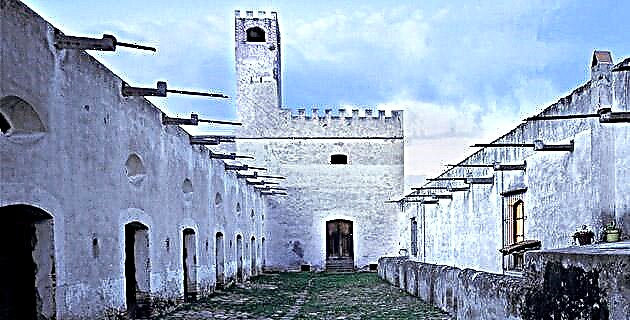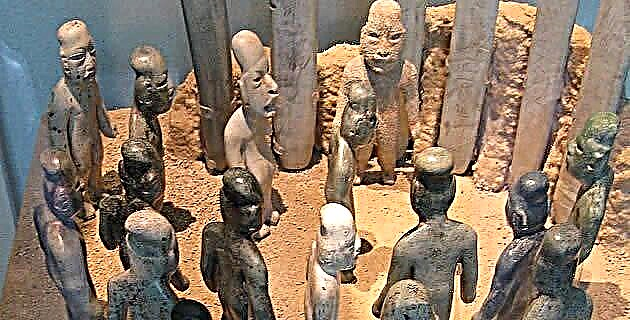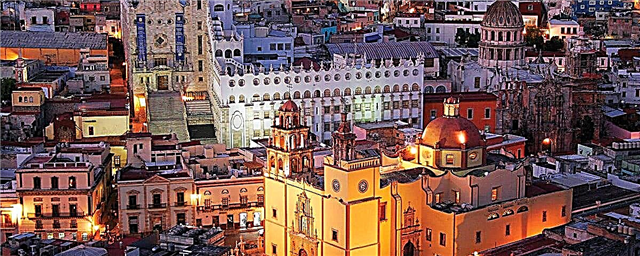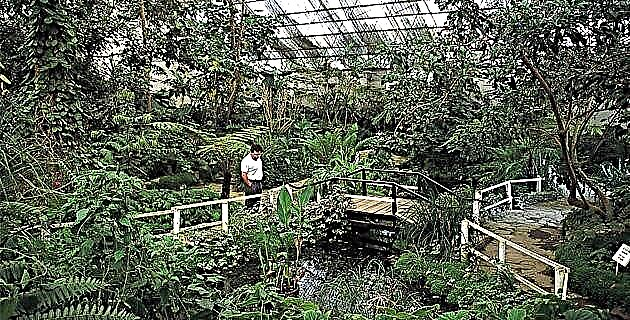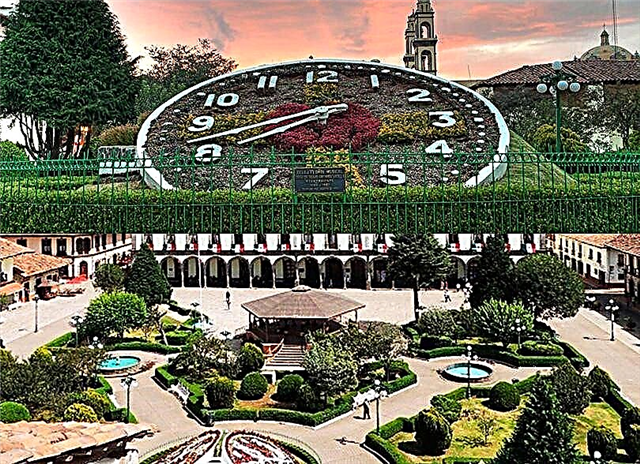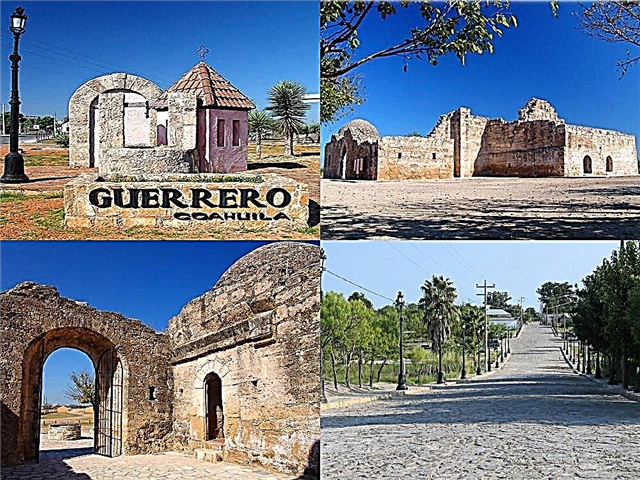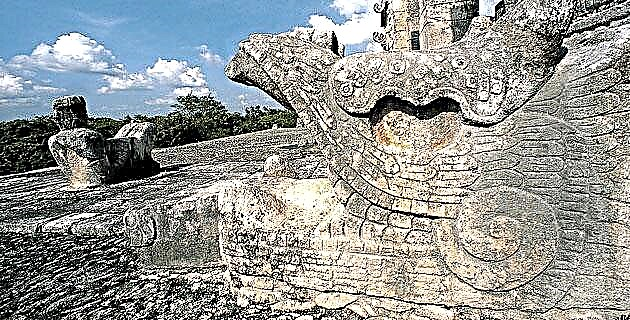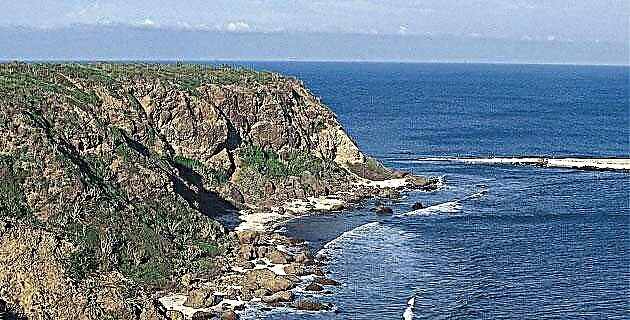
The writers of Unknown Mexico travel the Marías Islands to admire the diversity of its flora and fauna. Read this article and you will be surprised ...
In another text on this site, Jose Antonio Mendizábal He narrated our stay at the federal criminal of the Marías Islands; However, in his story an important part of our objective when visiting that place does not appear: to know some of the other two islands of the archipelago, still virgin, and to dive in the surroundings to verify in what state the flora and fauna were. place.
Our wishes were fulfilled thanks to the kindness of the prison authorities They provided us with two large boats, called pangas by the islanders, with their 75 HP engines and a group of people who would help us both in diving and in visiting the Maria Magdalena Island, the closest to the Mother Mary.
We left early in the morning with a calm blue sea heading to the Magdalena; On the way between the two islands there is a very deep channel with a lot of current that forms a great fault that is believed to be related to that of San Andrés. Halfway through, we found two boats with settlers commissioned for fishing; they were pulling out a net where several good-sized red snapper were trapped. After a few minutes of observing them, we headed towards the island. It is wonderful to approach a place in the middle of the ocean that is totally virgin; at that moment one can feel what the explorers of past centuries felt as they launched themselves to scrutinize our planet.
The Magdalena is vegetation cover in all its extension; its coasts are rocky and the beaches there, at least on the side facing the Maria Madre, are not very wide. The vegetation on its banks consists mainly of thorny bushes and henequen, although there are also some organs and nopales, but higher up it becomes a little less aggressive and species such as red cedar, amapa, palo prieto, amate and other typical trees of the deciduous forest can be found.
We finally made landfall and began the visit. Our intention was to photograph the bighorn goats that inhabit the island that, according to what they told us, can be seen in large herds strolling quietly on the beaches.
The first thing we knew were the remains of a old camp that long ago was totally abandoned. As soon as we began to enter the vegetation, the abundant fauna of the place began to be present; the lizards came at you everywhere and the iguanas, of great size, walked in front of us without great concern. After a while of painful walking between heat and thorns, we began to get used to the sight and several of us saw rabbits, which curiously allow one to approach them until almost touching them: an unequivocal sign that they do not know the man and that they have not been persecuted. However, goats and deer were not present, although their tracks were all over the place. One of the settlers did not say that this was due to what time it was, since the animals approach the banks in the early morning, but when the heat rages they go deep into the vegetation and it is difficult to see them. Unfortunately, the time we had to be on the island (always the damn time) was not much, but we decided not to be discouraged and we headed towards a small lagoon that is near the beach to see if we could find them there drinking water.
Our effort was unsuccessful in terms of the goats and deer, but it paid off as one of the boys managed to see the head of an alligator when he dived and let us know. We then circled the place and remained in silence for a long time until finally the animal re-emerged; It was a very careful little caiman since as soon as it heard something strange, it would submerge again or remain immobile as a stone. We took some photos and also discovered huge footprints in the sand that most likely belonged to the mother of this little animal, but we could not know for sure.
Overheated and a little disappointed, we headed back to where the boats were. Suddenly, one of the boys alerted us and told us that there was a goat about 30 m ahead. Excitement invaded us and we began to fan out to be able to locate it and take photos of it, but unfortunately the animal realized our presence and fled, leaving us only to glimpse its huge black silhouette crowned with large horns; that was all we could see.
We left the bush towards the beach and started back, while Alfredo took flight taking photos of a bone breaker that was standing in a nearby tree. We arrived at the boats with the feeling of having only had one little taste of this paradise that it would take weeks to explore it thoroughly; Who knows, maybe in the future there will be the opportunity to organize an expedition in all forms to be able to know in depth the secrets that I am sure it keeps within it.
THE UNDERWATER WORLD
After waiting a while for Alfredo, we finally embarked to begin our expedition to the undersea world surrounding the islands. The first place we went down was the north side of Magdalena, but here the bottom is sandy and there is not much to see, so we decided to cross the channel, now with strong wind and good-sized waves, to try our luck in Borbollones at south of the Mother Mary. Here things were different since the ground is rocky and a large number of cavities are formed where surprises are the order of the day. The strong current of up to two knots keeps the corals healthy, mainly fans, gorgonians and black coral, with great color and size, and among them swim a huge amount of small tropical species such as butterflies, yellow and long-nosed flocks, royal angels, Moorish idols, damsels, parrots, cardinals and many more that, together with various types of stars, nudibranchs and sea cucumbers, form a highly colorful landscape, a totally different world from that there are a few meters above. And in the middle of all this landscape smedregales, snappers, groupers, wahoo and large mojarras swim, since the fishing in this place has not been intensive and has not affected the ecosystem in a serious way.
After a while of infinite pleasure diving among corals, hawksbill turtles, olive ridley, moray eels and lobsters in impressive numbers we went to a point where the fishermen who accompanied us told us that there was a "cross" at the bottom, and we immediately let him know our interest in knowing it. We reached a market point with a small buoy and we dove with curiosity. The surprise was capitalized since the famous cross turned out to be a huge anchor.
Excited, we began to study the bottom and after a while of exploration we found pieces of the chain, a semi-destroyed mast and river stones that at first we confused with cannon balls; These stones were used as ballast in ancient ships and we are sure that with the right equipment other things could be discovered. Our diving ended that day with a flourish, since due to the water temperature (27 degrees) we had not seen the sharks and that in Las Marías is practically like going to the fair and not eating cotton candy. Well, we were about to finish when we came across a sleeping cat shark. We practically had to pull its tail to make it move and take a picture. It was not much but we already had our first shark, and the hot season is not good because these animals like cold water. However, when we got to the dock, the fishermen who had been working on the canal told us that they had seen several blue sharks.
The next day we decided to go to another point and selected to make our descents a huge rock known as "El morro" which is located in the southern part of the islet of San Juanico. Here the visibility of the water was not so good and the depth was greater (30 meters more or less against 15 or 20 that there are in Borbollones), but also the corals and the fauna were abundant and large. The only thing we found that we didn't like was a type of starfish called a crown of thorns which is a coral predator on a large scale; in some specimens strung on the knife and we told the boys who accompanied us that during their dives they should do the same and not split them in the water, since each piece becomes a new star with the consequences that you can already imagine.
During the next two days we dived, in Borbollones, since that was where we found better visibility and more fauna. We saw tunas, more cat sharks and a large number of species that left us with the satisfaction of verifying that this archipelago is still a beautiful underwater and natural paradise where you can have a panorama of what were so many other places in our country that today are predated and dying. Hopefully the Marías Islands remain as they are, since they are a reservation that one day it may be (at the rate we are going in not long) the only place of this type left in our ravaged country.

